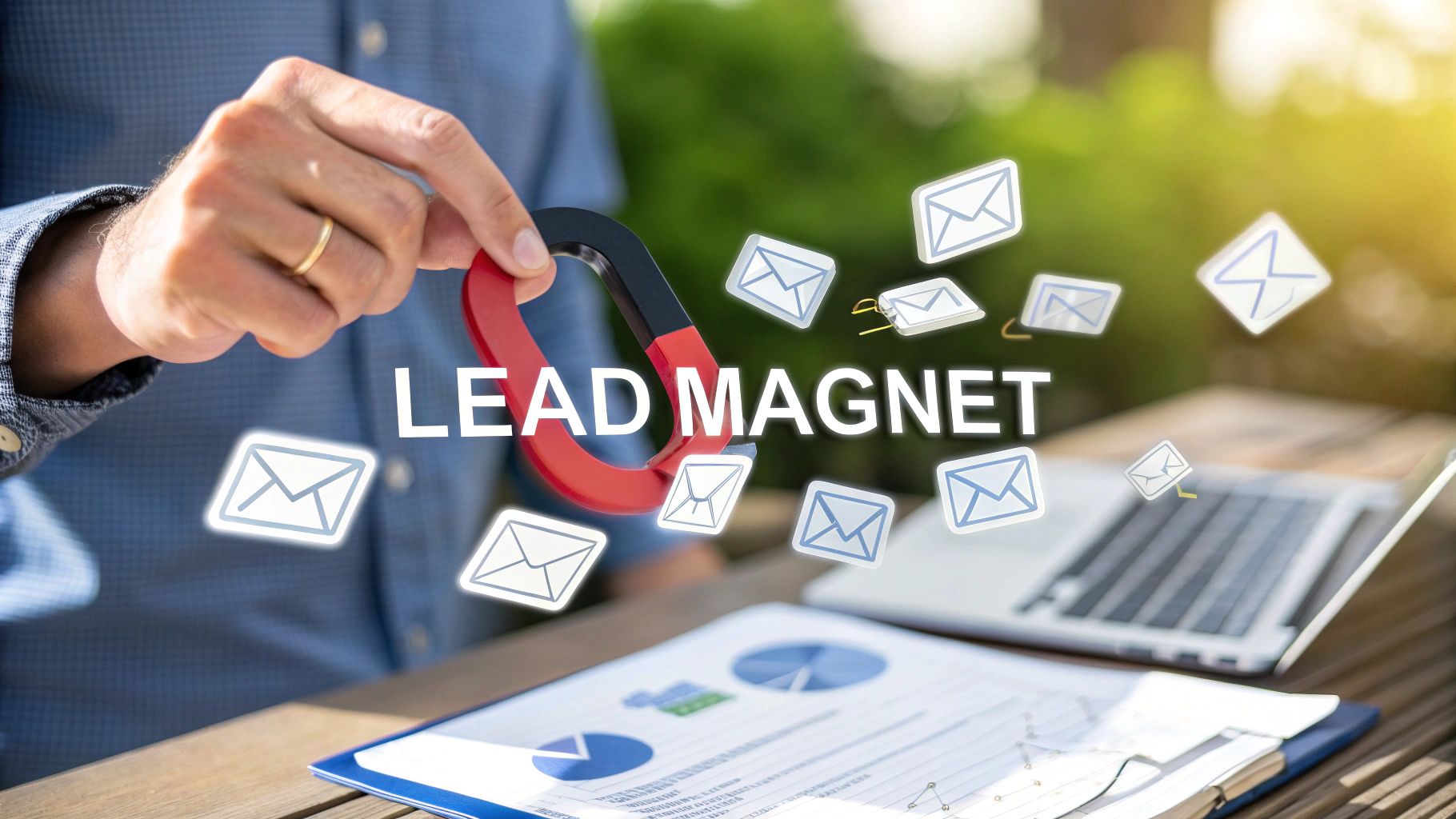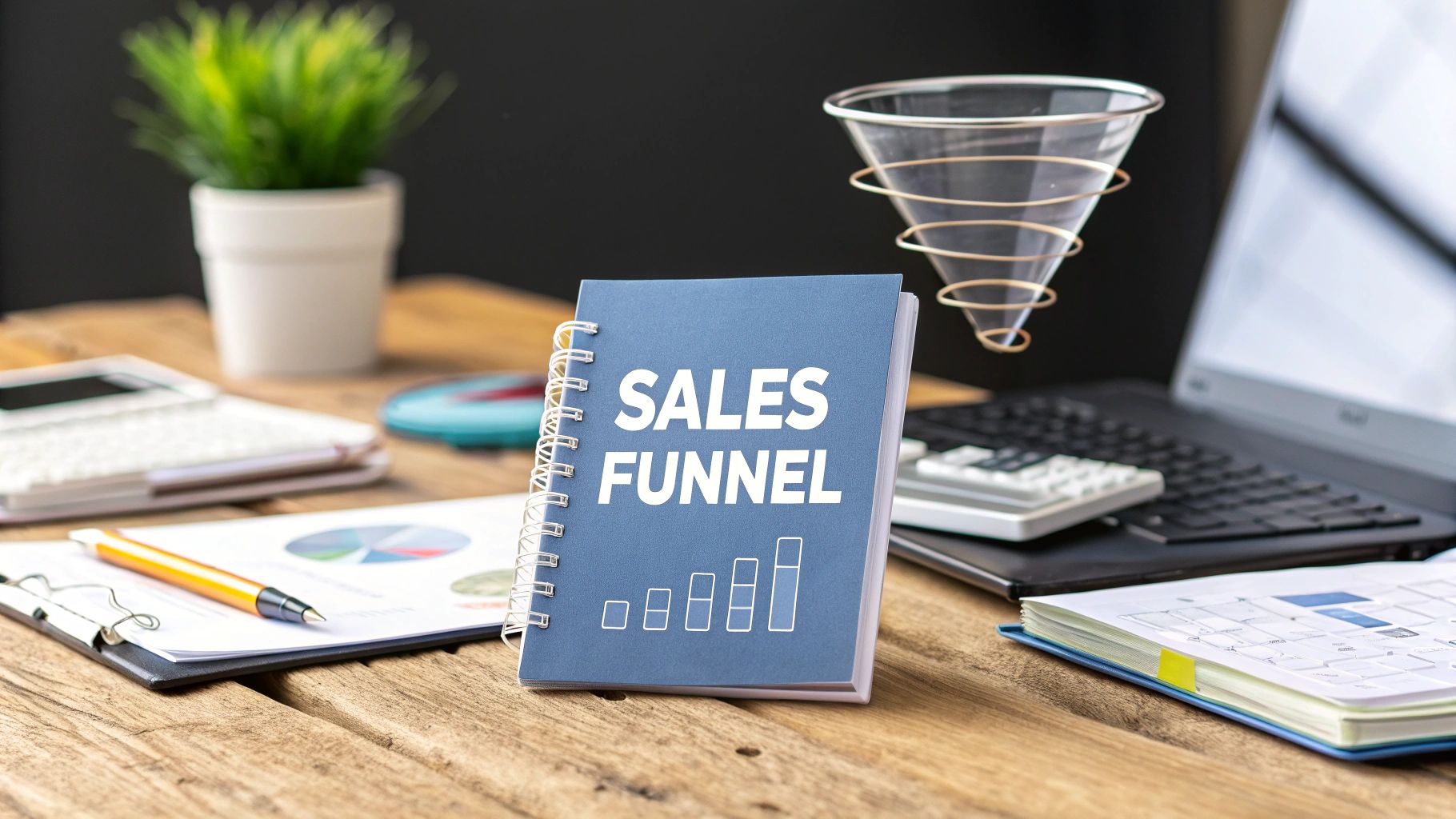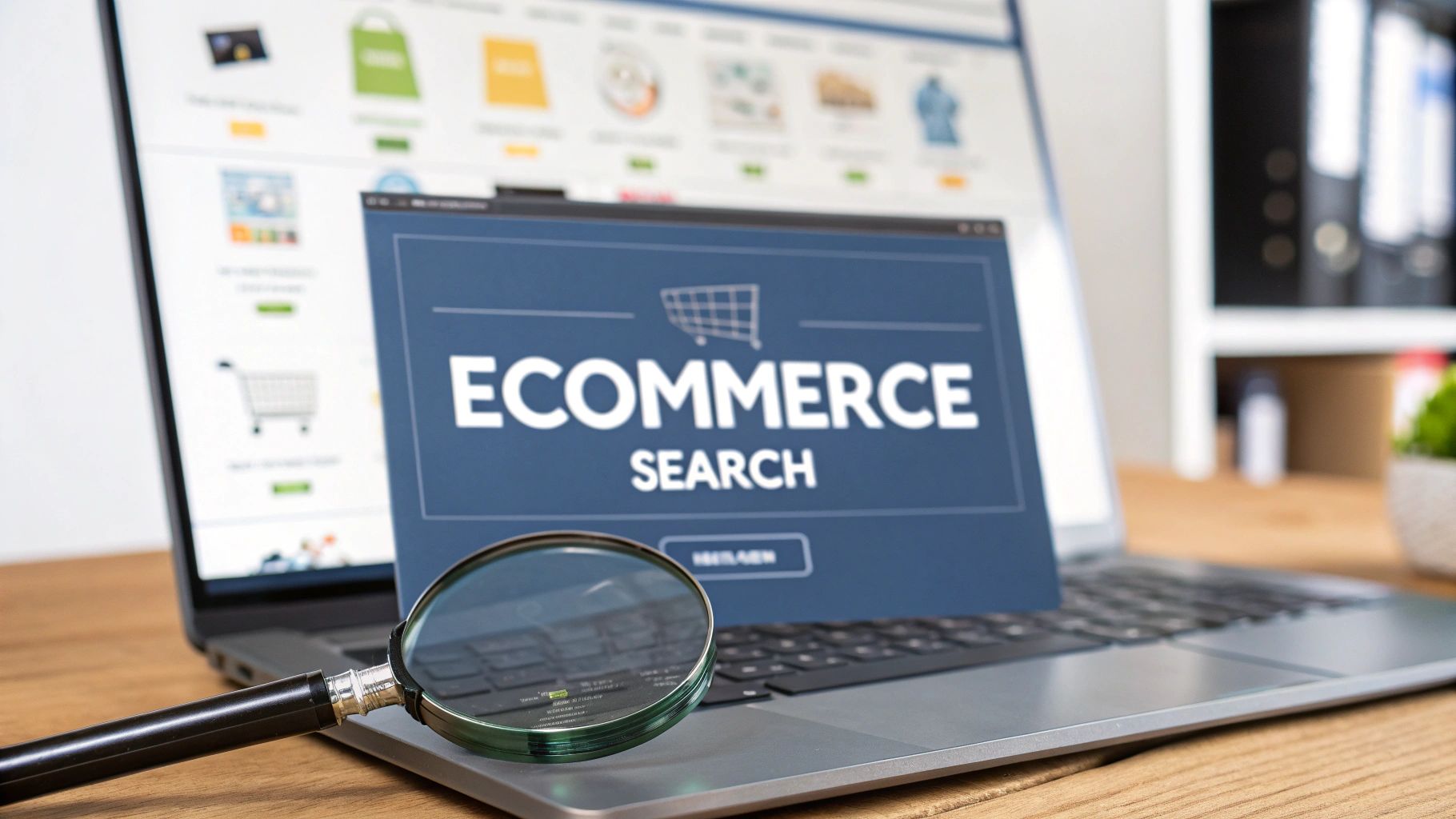The 2025 B2B Revenue Engine: From Cold Volume to Intent-Driven Growth
Warm intent, short video, and data you can defend, a practical system to turn real buyer signals into SQLs and measurable ROI.

Who this is for: Founders, marketing leads, and small B2B teams who want steady pipeline growth without spam, vanity metrics, or attribution drama.
TL;DR
- Cold volume burns trust. Build a warm-first system that detects intent, leads with value, and uses short, useful video.
- Treat attribution as directional. Prove impact with server-side tracking and unified analytics. Validate with experiments or MMM.
- Track CAC, LTV, and Cost per Opportunity, not just raw lead counts.
- Use a simple gross-profit ROI model and review it monthly with finance.
I) Why the shift is mandatory
Traditional cold outreach asks strangers for attention and trust on the first touch.
Meanwhile, your best buyers are signaling intent in public and private channels every day.
The win in 2025 is warm-first: publish helpful proof, detect intent, and contact people who already know you.
The operating question changes from “how many messages did we send” to “how fast did we turn verified intent into revenue.”
Data integrity is the second fault line.
Privacy changes and platform self-reporting skew numbers.
Anchor decisions in unified analytics that combine GA4, CRM, and finance data.
Restore lost signals with server-side tracking. Start with Google’s GA4 attribution models and Meta Conversions API.
Calibrate expectations with the IAB’s guide to MMM vs MTA.
For modern buying patterns, see McKinsey’s summary of how B2B winners keep growing here.
II) Foundation: specialize first, then choose a monetization model
A) Specialization that compounds
Pick a narrow who plus a proprietary how.
Example: who is “B2B SaaS in logistics.” How is “predictive scoring on first-party behavior plus public intent signals.”
This moves you out of price fights and into outcome fights.
It also concentrates case studies and references inside one ecosystem, which speeds up closes.
Two checks before you commit
- Client evidence: where you already created outsized results.
- Delivery leverage: what part of your method is proprietary or unusually efficient.
Helpful tools
- Apollo for ICP lists and enrichment
- Leadshark for targeted lead lists
- Notion to document your proprietary method and proof library
B) Monetization that matches complexity
Retainer works best for complex journeys where nurturing matters.
Pay-per-lead is easier to sell because risk shifts to you, but it often optimizes for volume over quality.
Hybrid blends both: a base retainer for strategy and quality plus bonuses tied to SQLs, opportunities, or gross profit.
Quick scorecard
Client risk: Retainer high, PPL low, Hybrid moderate.
Agency scale: Retainer moderate, PPL high, Hybrid high.
Lead quality: Retainer higher on average, PPL variable, Hybrid balanced.
III) The warm outreach engine
Warm systems earn attention before they ask for it.
The playbook has three parts: reciprocity, intent capture, and short video.
A) Reciprocity first
Lead with value before you request time.
Good entry points: an industry benchmark, a teardown of the prospect’s funnel, or a cost-of-inaction calculator.
Show up useful, and replies rise.
B) Detect and act on intent
Log people who engage with your posts, ask for examples, follow competitor threads, or visit high-intent pages such as pricing and integration docs.
Build a daily list and contact within 24 hours while the context is warm.
Warm-intent checklist
- Commenters who asked a clear question on your or partner posts
- Repeat visitors to pricing, comparison, or ROI pages
- Viewers who watched your explainer beyond 50 percent
- Followers in ICP who engaged twice in seven days
- People reacting to competitor changelogs or case studies
C) Use short video to humanize and clarify
Thirty to sixty seconds that show how you would fix their specific issue beat long emails.
One problem, one example, one next step.
Video simplifies complex ideas and builds a fast trust bridge in inboxes and DMs.
Message template: connection plus value
“Hey {First}, saw your note about {specific issue}. I recorded a 55-second walkthrough showing how {peer company} fixed that with {method}. No pitch, just the workflow. Want me to send it over?”
Message template: comment to DM handoff
“Appreciate your comment on {topic}. Here is a 40-second clip that answers the question you raised about {detail}. If helpful, I can map it to your stack and estimate impact in plain numbers.”
Create and repurpose clips with Opus Clips. Add quick voiceovers with Eleven Labs or Murf.ai.
For more details on Ai voice generation: Murf AI vs ElevenLabs 2025
IV) Offers that lower risk and raise clarity
Perceived value minus perceived cost equals perceived bargain.
Build your offer with four moves.
- Lower risk: guarantee, trial, or performance clause that is meaningful.
- Stack value: include the analysis, the implementation playbook, and early-win deliverables.
- Specify outcomes: one clear transformation with a definition of done.
- Price to value: tie price to economic impact, not internal effort.
Publish long-form educational content that answers the real objections early. Price, timing, need, and authority. Keep a living proof library in Notion.
V) Data you can defend: tracking, models, validation
You do not need perfect data.
You need honest, reconcilable data that leadership trusts.
A) Implement these first
- Server-side tracking: send events from your backend to ad platforms. Start with Meta Conversions API.
- Unified analytics: connect GA4 attribution, your CRM, and finance so spend, touchpoints, pipeline, and revenue can be reconciled.
- Independent validation: when spend or traffic allows, run holdouts or geo splits and explore MMM vs MTA.
B) Communicate it clearly
Treat attribution as directional.
In reviews, show platform-reported conversions next to CRM-validated conversions and explain why they differ.
Executives respond to candor and to trends over time.
C) Calibrate against leaders
Leaders lean into hybrid buying journeys, personalization, and clear value communication.
McKinsey’s patterns are a good north star here.
VI) KPIs that tie to money
- CAC: total acquisition cost per new customer, reconciled with finance
- LTV: net contribution over the account life
- CPO: cost per qualified opportunity, not cost per raw lead
- MQL to SQL rate: health of the handoff and ICP clarity
- Sales cycle and win rate by channel: the truth about payback
VII) AI where it actually moves the needle
- Predictive scoring: prioritize by probability to buy using behavior, fit, and recency
- Behavior-based automation: trigger emails and sales tasks from high-intent actions such as returning to pricing or a comparison page
- Human review loop: keep humans in charge of offers, pricing, and objection handling. AI accelerates, humans close
Warm-first sending is simple with Lemlist and Brevo. Validate emails with Bouncer. Route calls with Aircall.
For a complete guide on how to setup a cold email outreach channel: Apollo.io Sequences- The Ultimate Guide to Automated Outreach for B2B
VIII) A simple ROI model your CFO will respect
Define variables
- L = number of leads
- LO% = lead to opportunity rate
- C% = opportunity to customer close rate
- ACR = average client revenue
- GP% = average gross profit margin
- TMC = total marketing costs
Formula
ROI = {[(L × LO%) × C%] × (ACR × GP%) − TMC} ÷ TMC
Worked example
1,000 leads, 12 percent to opportunity, 25 percent close, 18,000 dollars ACR, 60 percent margin, 80,000 dollars TMC.
Opportunities = 120, customers = 30. Gross profit = 30 × 18,000 × 0.60 = 324,000 dollars.
ROI = (324,000 − 80,000) ÷ 80,000 = 3.05, a 305 percent return.
How to use it
- Finance-friendly: express marketing as a revenue investment with a rate of return
- Steering wheel: change one input at a time to see which lever moves ROI the most
- Accountability: review monthly and annotate what changed
IX) 30-day implementation plan
Week 1
- Write down your who and your proprietary how
- Stand up server-side tracking with Meta CAPI
- Connect GA4 attribution to your CRM and verify key events align
Week 2
- Publish one proof asset: benchmark, teardown, or calculator
- Build your warm-intent dashboard and start daily lists
- Record three 45-second explainers for the top three pains
Week 3
- Launch a hybrid monetization test: base retainer plus performance bonus tied to SQLs
- Add behavior triggers: pricing return, comparison dwell, explainer replay beyond 50 percent
Week 4
- Review CAC, LTV, CPO, and the ROI model with finance
- Ship one validation test such as a small geo holdout; explore MMM if you have history and channels using the IAB guide
X) Recommended stack to operationalize this
Prospecting, data, automation
- Apollo for B2B prospecting and enrichment
- Leadshark for targeted lists
- PhantomBuster for intent capture and list automation
- AiSDR for assisted outbound sequences
- Bouncer for email verification
Outreach, email, DM
- Lemlist for warm-first personalization and video drops
- Brevo for lifecycle email and light automation
- ManyChat for DM automation on supported social channels
- Aircall for call routing and sales telephony
Content, SEO, video
- Frase for research-driven briefs
- Surfer for content scoring
- Outrank for steady content velocity into your CMS
- Byword AI for programmatic SEO at scale
- Opus Clips to turn webinars and demos into shorts
- Eleven Labs or Murf.ai for quick voiceovers
- QuillBot to tighten copy
- Fiverr to hire editors or motion designers on demand
Sites and funnels
XI) One clear next step
Do this in the next seven days.
- Pick one ICP and publish one proof asset
- Install one server-side connection and unify reporting
- Send ten warm, intent-referencing videos
- Review CPO, SQL rate, and your ROI model at month end





